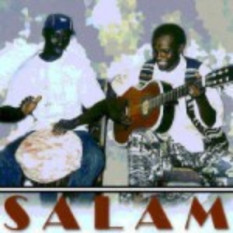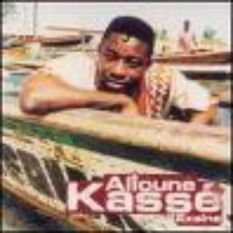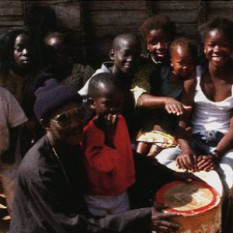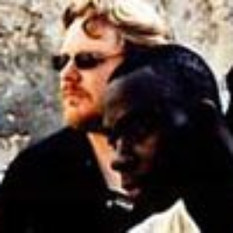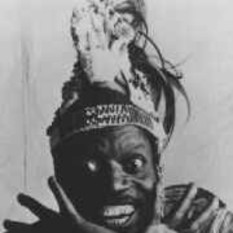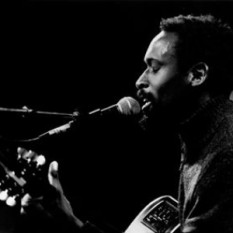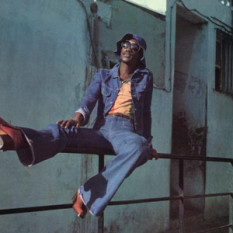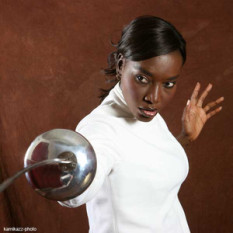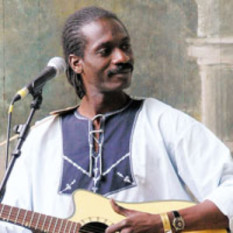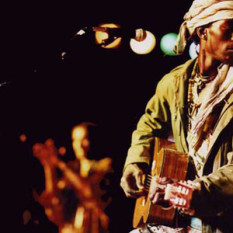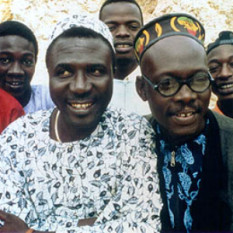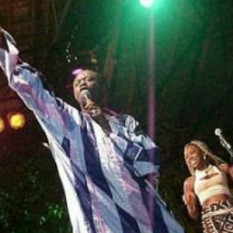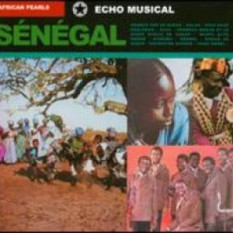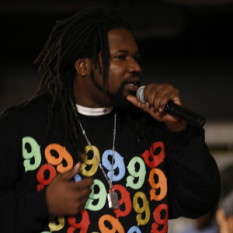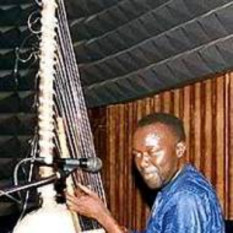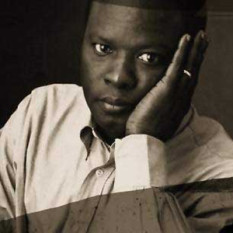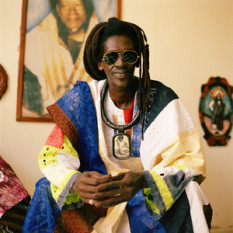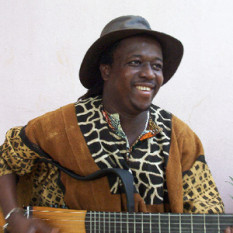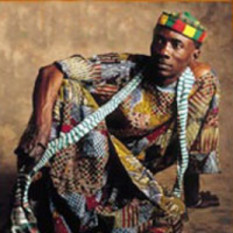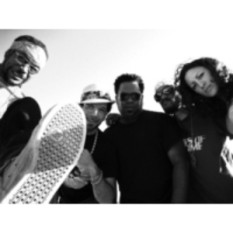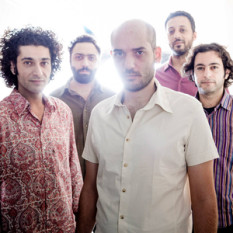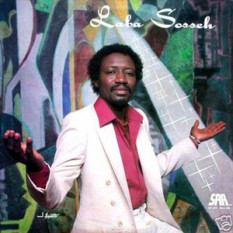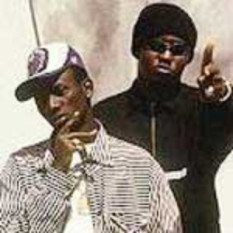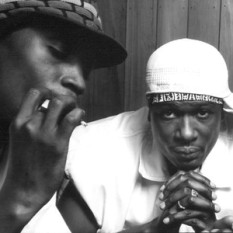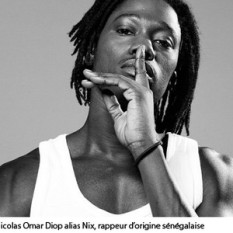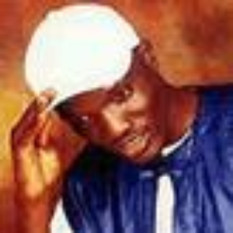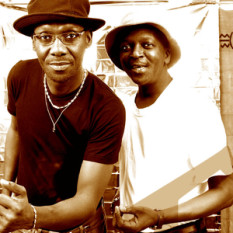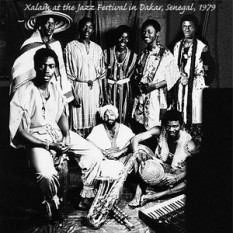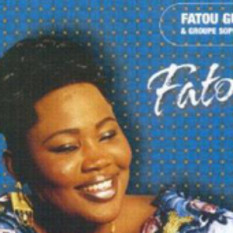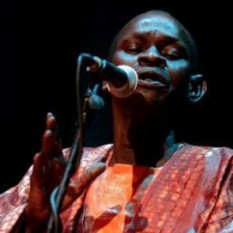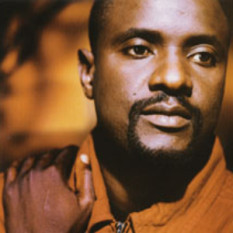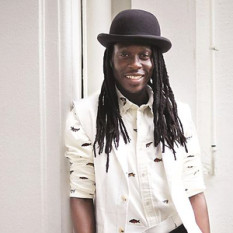Senegal's musical heritage is better known than that of most African countries, due to the popularity of mbalax, which is a form of Serer percussive music; it has been popularized by Youssou N'Dour. Sabar drumming is especially popular.
Senegalese folk music is distinct from ancient Mande music, or its purer expression in modern Malian music, by the influence of Serer ancient polyphony. In addition, Senegalese folk music is more uptempo and lively than the sedate, classical sounds of Malian griots.
The south of Senegal, called Casamance, has a strong Mandinka minority, and began producing masters of the kora in the late 1950s. The band Touré Kunda was the most popular group to arise from this scene, and they soon began playing large concerts across the world.
Senegalese popular music can be traced back to the 1960s, when nightclubs hosted dance bands (orchestres) that played Western music. Ibra Kasse's Star Band was the most famous orchestre. After beginning by playing American, Cuban and French songs, Star Band gradually added more indigenous elements, including the talking tama drum and Wolof- or Mandinka-language lyrics. In 1977, the entire rhythm section and many other performers in the Star Band left to form Étoile de Dakar, who quickly eclipsed their compatriots, and launched the careers of El Hadji Faye and Youssou N'Dour. Faye and N'Dour were Senegal's first pop stars. Numerous other groups formed from the remnants of the Star Band, with Pape Seck's Number One du Senegal being the best known of the next wave of bands, followed by Orchestre Baobab.
While N'Dour Africanized Cuban music, another influential band, Xalam, was doing the same with American funk and jazz. They formed in 1970, led then by drummer Prosper Niang. In the latter part of the 1970s, the band Super Diamono formed, fusing mbalax rhythms and militant populism with jazz and reggae influences.
In the 1990s, new musical trends in Senegal included the rise of several prominent female artists, including Kiné Lam, Fatou Guewel, Madiodio Gning, Daro Mbaye and Khar Mbaye Madiaga, leading into the rise of Viviane Ndour in the new century. The biggest trend in 1990s Senegal, however, was hip hop. Traditional culture includes rapping traditions, such as the formal tassou, performed by women of the Laobe woodworking class the morning after marriages. Modern Senegalese hip hop is mostly in Wolof, alongside some English and French. Positive Black Soul is the best-known group in the country, Daara j and Gokh-Bi System too. Senegalese-French rapper MC Solaar is a very well known musician. Senegalese born Akon has risen to world fame. .

